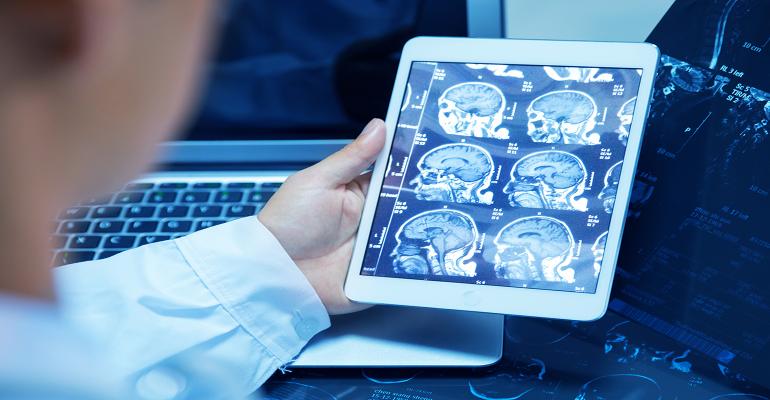In the middle of the COVID-19 pandemic, the volume of ambulatory (outpatients) imaging dropped dramatically, and elective imaging services were shut off for a while. Furthermore, several policies had to be updated in hospitals and radiology departments, regarding COVID-19 testing, PPE availability, and technologists and managers had to be trained on how to handle this new situation effectively.
In an interview with Omnia Health Insights, radiologist Yoshimi Anzai, MD MPH, University of Utah, U.S., highlighted that in the beginning, there was a lot of anxiety, confusion, and frustration. Throughout the process, radiologists learned how to be resilient and make safety their highest priority, including for technologists, nurses, faculty, trainees, and students.
She said: “We learned how to prepare for pandemics as a health system and communicate effectively. Now, eight months after the pandemic, the volume of ambulatory imaging has come back to nearly 95 per cent of pre-COVID-19 volume for most. However, the community spread of COVID-19 continues to rise in our state, and we will have the ups and downs for the next several months. Furthermore, there has been a substantial financial impact on imaging services and the imaging industry.”
At Global Health Exhibition, Anzai will be speaking at the Payment model and Pricing in Radiology session. The lecture addresses the overview of the healthcare payment models in the U.S. and the recent pressure toward the price transparency of ambulatory services, including radiology. It further explores how consumers (patients) balance price (cost) and quality of health care services.
Leveraging technology to improve radiology
Teleradiology has been wide-spread in the U.S. even before COVID-19 and some systems even completely operated under teleradiology. She said: “Our department has deployed Home Picture archiving and communication system (PACS) for faculty members, particularly those with high-risk for COVID-19 or those with childcare challenges, that started late March to May. We can read cases from home most of the time. Also, we use Skype to share a screen with residents so that we can do remote teaching.
“One of the benefits of Home PACS is that we sign off reports quickly in the morning since we do not need to commute to hospitals. Reading late night cases was not as hard as reading on-site. Faculty are happier to have a Home PACS system and enjoy the flexibility of work.”
When asked about the future of radiology, she said that imaging provides valuable information to physicians and healthcare workers, therefore, imaging will get faster to obtain, and its efficiency will continue to improve.
Some of the major challenges are related to imaging interpretation, which is a crucial component of imaging diagnosis. This is where technologies such as Artificial Intelligence (AI) and Machine Learning will come in and continue to advance to perform tasks that machines can do as good as or even better than radiologists, she said.
“We have not fully leveraged the power of medical imaging. We will continue to find the best way to extract medical imaging information and use the information to do various medical decision making or predictive analytics. How do we get to the point is the on-going discussion,” she added.
Anzai stressed that radiologists should pay attention to imaging interpretation and reporting. The narrative types of imaging reports will not help develop various AI/ML. Collecting common data elements from various imaging tests in numerous clinical contexts is the heavy lifting for the next 10 years.
She concluded: “I am thrilled to be invited to participate at Global Health Exhibition. Even though there is a tremendous difference in the healthcare delivery system, we are all connected to each other. COVID-19 is an excellent example of how infectious diseases can spread so far and wide in a short time. We all learn from the experience of each country or region. I would like to see more global collaboration rather than competition to mitigate other pandemics like COVID-19 in the future.”

Anzai will be speaking at the ‘Radiology payment model and pricing’ on December 8 at 4:30pm (GMT+3) at the Global Health Exhibition. She is a radiologist by training and is involved in various research projects, ranging from imaging technology development and clinical trials to health services research. She has had the opportunity to serve as the Associate Chief Quality officer at the University of Utah Health, which allows her to understand the health system views of healthcare delivery.

